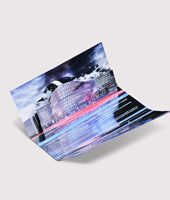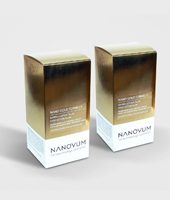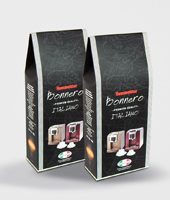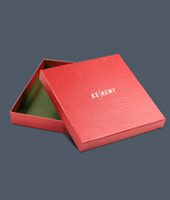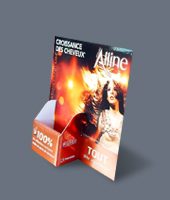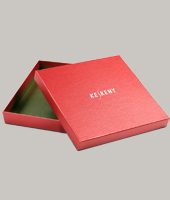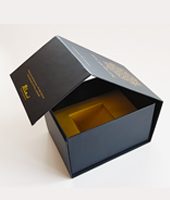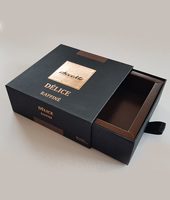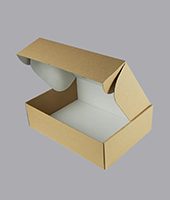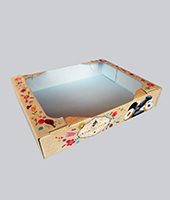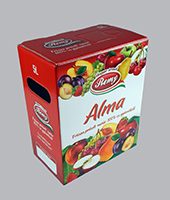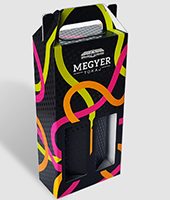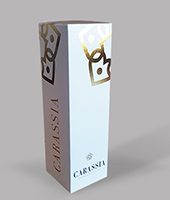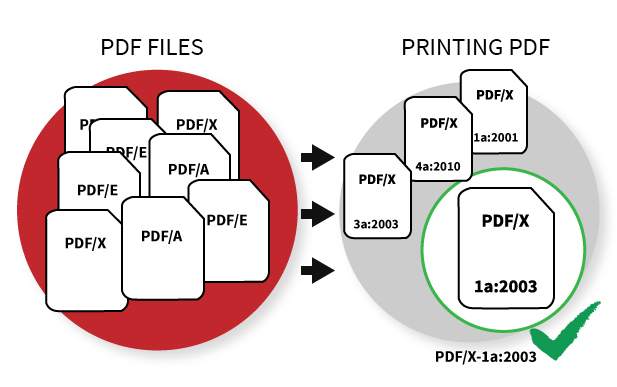In Keskeny Printing House, printing artworks are expected to be submitted in PDF/X-1a file format.
The PDF/X (PDF for eXchange) standards are developed in order to make the submission and processing of print files seamless.
The name of the popular file extension PDF is the abbreviation of Portable Document Format. This file format was developed by Adobe, with the aim of visualising documents independently of various systems (operating systems, tools, software programs etc.). So, the main point of PDF documents is that they appear in the same way on every platform.
Generally speaking, PDF documents are created and used not only in the printing industry, consequently they may contain pieces of information which cannot be printed or will cause defects in printing. The resulting problems can be avoided if the files to be submitted meet the requirements of the PDF/X standards.
Applying the PDF/X-1a:2003 format makes file submission as safe as possible. In files conforming to the standard, only CMYK, Gray and spot colours are allowed, they cannot contain layers, transparency and embedded ICC profiles. Every colour element is to be separated to colours (convert to CMYK) and created according to the ICC profile (output intent) of the given printing technology. Applying this standard can make file submission unambiguous and seamless, and numerous graphic problems can be eliminated. Because of its reliability, we ask our customers to use this standard!
Other PDF/X standards:
- PDF/X-1a:2001 standard: an earlier version of PDF/X-1a:2003. The difference between the two does not influence the efficient submission and processing of files, so both formats are suitable.
- PDF/X-3: 2002 – PDF/X-3:2003 standards allow RGB and CIE Lab gamut and embedded ICC profiles. If these are not set suitably, the expected and the resulting colours may differ from each other. Another reason why we do not recommend using this standard is that it is already exceeded by the PDF/X-4 format.
- A PDF/X-4 standard allows RGB and CIE Lab gamut, embedded ICC profiles, transparencies and layers. If these are not set suitably, the expected and the resulting colours may differ from each other. Although it is popular and offers a wide range of functions, we do not recommend using this standard.


